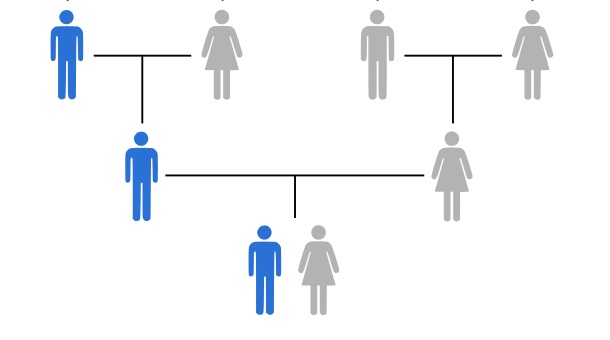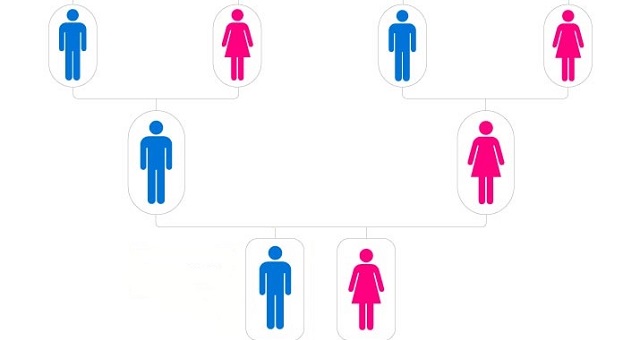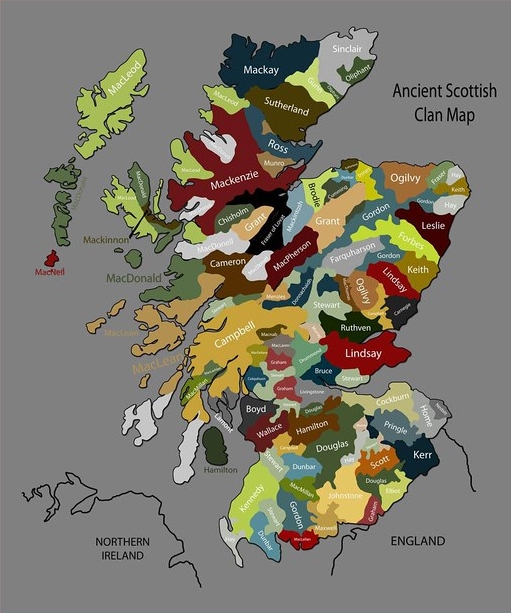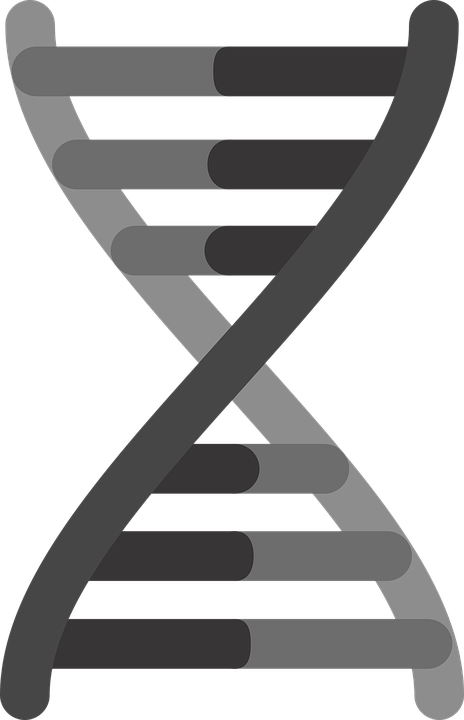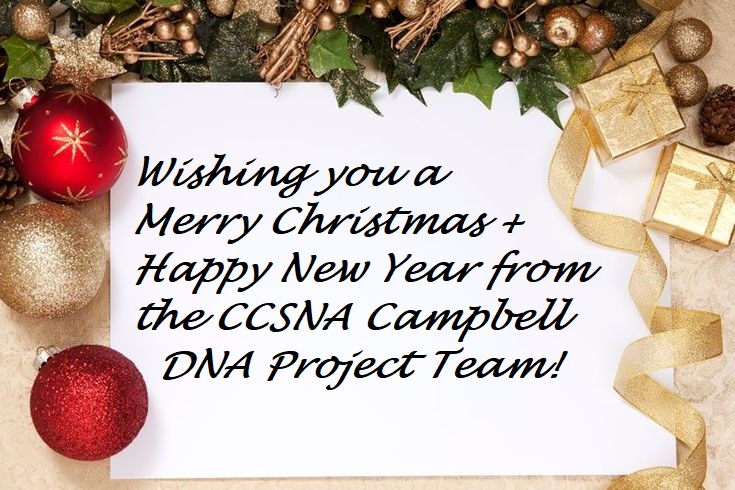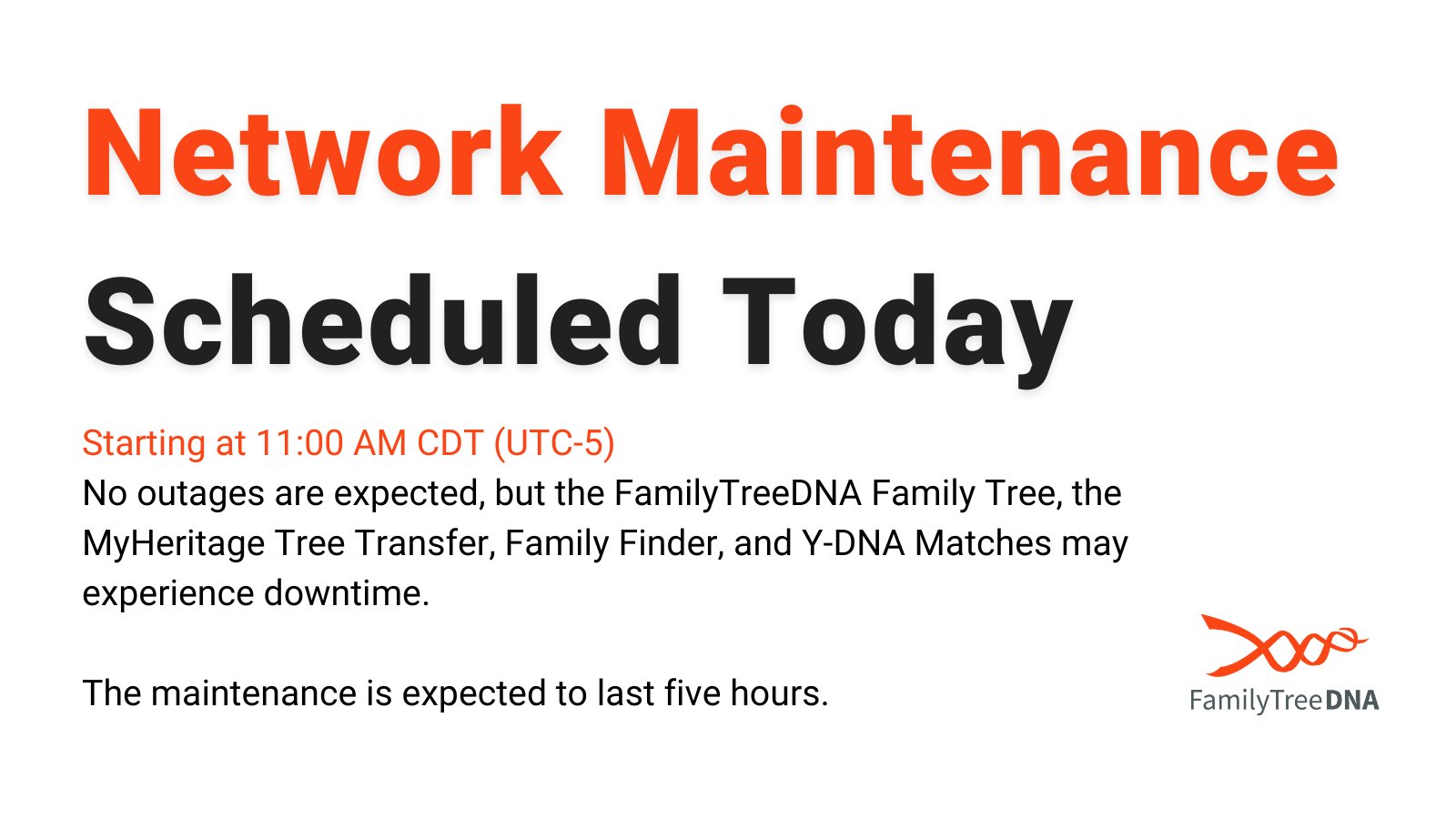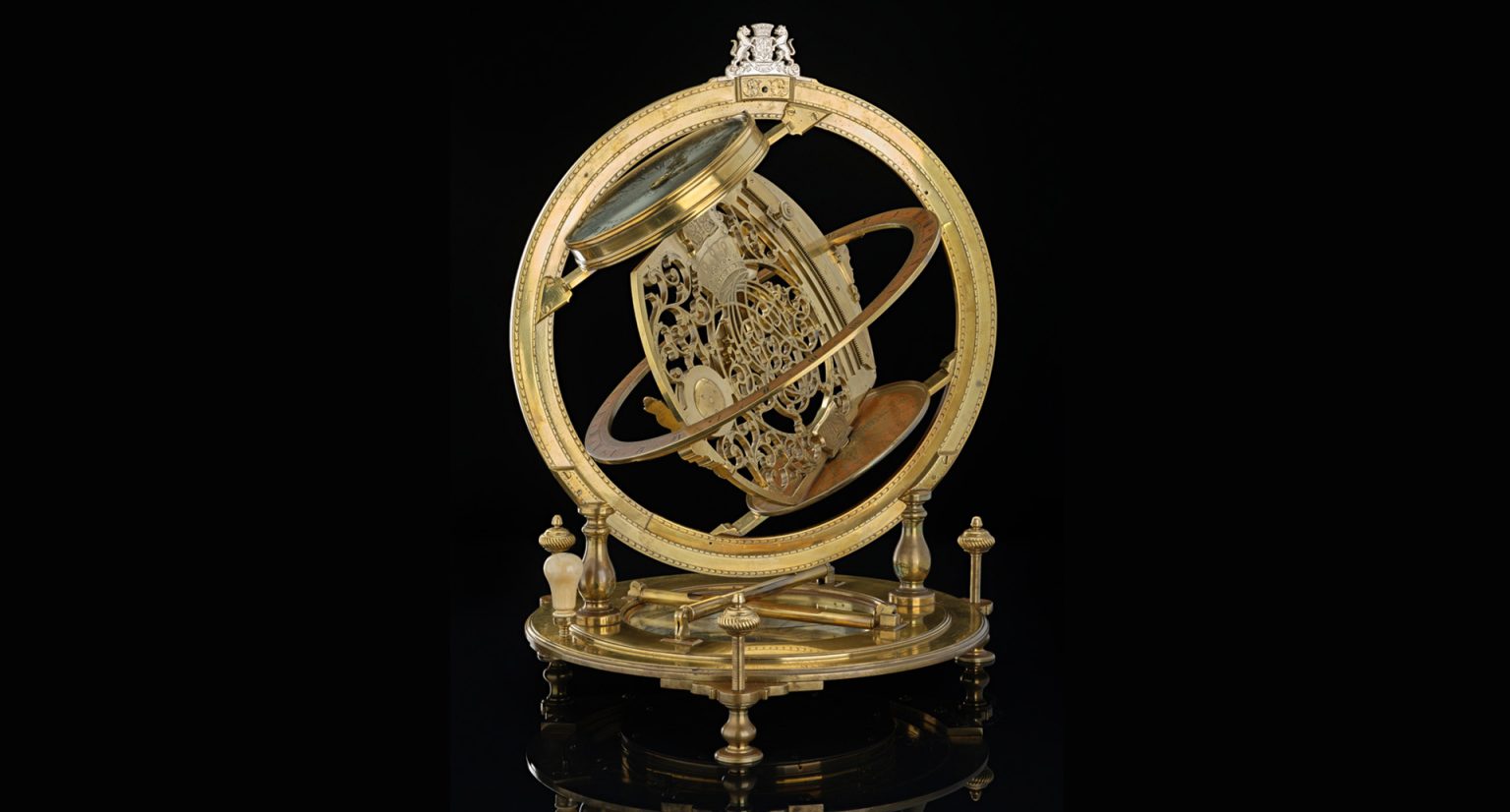
Welcome! This website is a powerful tool to act as an interface between genetic genealogists and the DNA Project members. It is open to the public. Once registered you can create a profile, add Friends, send internal messages! Discover your true family tree using the tools of genetic genealogy! Let’s get started!
- About
- Background
- Goals
- News
- Results
The purpose of the Campbell DNA Project at FTDNA and at the website is to create analytical links from Campbells around the world and our original ancestors in Scotland. The project will endeavor to establish DNA reference lines such as the historic Campbell lines and draw DNA inferences to present day Campbell descendants.
Originally conceived of as a Y-DNA Project, the decision is made to include the three major forms of DNA testing for the purposes of genetic genealogy, namely; Y-DNA, autosomal DNA (atDNA), and mitochondrial DNA (mtDNA).
The project will also attempt to link early Campbell immigrant lines in the diaspora around the globe. These Campbell lines are generally genealogical brick walls of the early 1700s in one of the colonies, whether in the United States of America, Canada, Australia, New Zealand, India, and other parts known and unknown.
The Campbell DNA Project at FTDNA was launched in October of 2002 with the purpose of trying to help genealogy researchers break through brick walls. The goal of the project was to attempt to get DNA samples of several Campbell reference lineages and to look at opportunities to link current genealogy research to these lines.
The Campbell DNA Project at FTDNA was initiated to augment genealogical research and to provide general insight concerning our Clan’s overall history and genetic composition. DNA testing is not a substitute for genealogy research. Instead, it is a companion tool to prove or disprove research, attempt to determine relationships, and to provide clues for further research. DNA testing can be an extremely powerful tool when combined with your genealogy research. DNA testing can uncover information that was not previously known, as well as confirm your research, and get leads for further research.
It has been well demonstrated through university research that an analysis of the male Y-chromosome can be used to trace the male descendants of a progenitor through many generations, all of which share a common surname. Autosomal DNA testing has proven to be a useful tool for finding relatives male or female over the last 5 to 8 generations. Mitochondrial DNA has been used to trace direct line female ancestry over many generations as well.
The purpose of the Campbell Surname Project is to create statistical links from Campbells around the world and our original ancestors in Scotland or Ireland. The project will endeavor to establish DNA reference signatures for historic Campbell lines and draw DNA inferences to present day Campbell descendants.
The project will also attempt to link early Campbell immigrant lines. These Campbell lines are generally genealogical brick walls of the early 1700s in one of the original colonies of the diaspora.
Variations of the Campbell surname are welcome. Potential variations include: Caimbeul, Camble, Campbell, Campble, Gamble, Kimball, Kumble, MacCampbell, McCampbell, Miscampbell
Historic Campbell Lines
There are many Campbell surname branches around the world with heavy concentrations outside of the British Isles in the United States, Australia, and Canada. In many cases it is unclear whether these branches are or aren’t related to Campbell lines in Scotland or Ireland. In addition, some feel that the Campbell Clan may be an amalgamation of genetic lines based upon the Campbell’s prodigious acquisition of land and vassals in Scotland during the period from the 1300s through the 1700s.
However, the Campbell Chiefly lines are fairly well documented. Heraldic studies and Campbell coats of arms managed by the Lord Lyon document approximately 20 major Campbell houses and over 100 cadet or ancillary lines. In most cases, these lines can be traced back to the House of Argyll, but in many cases the exact relationships of between these lines is lost or is partial speculation as one might expect when tracing lines back nearly 1,000 years. A summary of the major branches of the Argyll Chiefly Line are shown in the first link below. Though the second link may be hard to read, the PDF may be expanded in your browser. This link gives you an appreciating for the complexity of the Campbell line that has developed over the last 800 years.
- Summary of the Earls and Dukes of Argyll
- Expanded Campbell Chiefly Tree with Representative Coats of Arms
The major Campbell Houses for which we have samples or speculated DNA signatures are noted;
- Argyll (*)
- Duntroon
- Locknell
- Inverawe (*)
- Cawdor
- Craignish
- Keithock
- Kenmore and Melfort
- Lundie
- Loundoun
- Glenurchy/Breadalbane(?)
- Strachur (Dunstaffnage)
- Ormidale
- Dunstaffnage
- Auchinbreck (*)
- Ardkinglass (possibly via St. Catherines (*)
- Otter
- Barbreck (?)
Many Campbell wills for the above lines are available from the Scottish National Archives and online (for a small fee) via Scotland’s People. An index to these wills is available here: Campbell Wills and Testaments in the Scottish National Archives (1513-1800)
Updates on the Campbell DNA Project are published on the “Articles” section of this web site.
Campbells everywhere are encouraged to join the Clan Campbell Society of North America (CCSNA). Information, articles, and links to genealogical data bases can be found on the on “CCSNA Web site (www.ccsna.org).”
The following is an example of a full issue the Journal of the Clan Campbell. These 50+ page quarterly journals are unique in the Clan community for the breadth and depth of their coverage of Campbell and Scottish history, genealogy, and current events. The journals alone are worth the small price of membership and the annual CCSNA membership fee barely covers the cost of their production. I can not emphasize strongly enough that Campbells everywhere are strongly encouraged to join this society which is the central Clan organization for Campbells and their septs world-wide. “Full Issue of the CCSNA Journal of the Clan Campbell Society, Vol.41 No. 3, Summer 2014.”
A summary of CCSNA and our Clan’s Bond of Kinship is stated in the following document Bond.
For help with Campbell Genealogy, please contact the CCSNA Genealogist at the following address: Jules Anderson
RESULTS & STATUS
The results of current testing are contained primarily on four reports hosted at the Campbell DNA Project at FTDNA, that are all accessible from the linked headings below.
R1b-L1335 Project Reports
Detailed report of all Y STR values for every member in the projected sorted by project subgroup. Check this report for project administrator recommendations on STR and SNP testing. The report comes in multiple pages so as not to be slow, but you can view all of the pages at once if you enter 1000 into “page size.” If you are looking for a particular name or kit number you can do a “Ctrl-F” or “Find” from your internet browser. Many members use the Y Classic Chart to copy/paste (special) data from so they can do their own analyses. Please read the “Analysis and Commentary” (scroll down) for information on the subgroups.
Detailed report of all Y STR values for every member in the projected sorted by project subgroup. This report has statistics for each STR for each subgroup. This is includes the mode (most common), the minimum and the maximum values. Genetic genealogists often use the modal value as a proxy for the ancestral value for a subclade. This is not always true, but it is oftentimes very helpful to look for an a pattern of unusual values within a clade or subclade. This is called an STR signature and if you can identify a group that you fit into with a shared STR signature that can help your SNP testing be more efficient as the signature may indicate an underlying SNP marked subclade.
Detailed report of all actual SNP test results for every member in the project. This report is very useful if you can determine a valid STR signature from the reports mentioned above. If you have other project members that you have close Genetic Distances (on your myFTDNA Y matches webpage) or you have members that match your STR signature you can search through this SNP report and see if your matches have tested for certain SNPs and see what their results are.
Global map that will show you the distribution of various project subgroups. You select which subgroup you want to view. You can use this to get an idea of where certain subgroups might be from. Be cautious, though, a point of origin is not necessarily the point with a high frequency of a particular subgroups. Many researchers think higher STR diversity and the presence of brother subclades is more indicative of origins.
More to come…
-
What is Y-DNA?

Only males transmit Y-DNA, father to son.
-
What is atDNA?

This DNA is inherited from both parents.
-
What is mtDNA?

Only females transmit Y-DNA, mother to children.
Featured
-
What is a clan?
A clan is a group of people united by actual or perceived kinship or descent. Little doubt there was a progenitor who was first known as “Cam Beul”. Eventually one of the families associated with that name would become the Chiefs of the Clan. However, it should be clear from the beginning of our research…
-
Which DNA test is best for you?
Selecting a DNA test to help with your genealogy research can be confusing. Here are some things to bear in mind as you do so. It is also recommended you contact someone who is administering a Project or a Project Team member as they can give you hands-on advice. * Perhaps the most difficult part of…
News
-
Season’s greetings!
🎅🤶🎄 May you and yours have a wonderful holiday season🙏
-
FTDNA maintenance today 11-05-2024
FYI in case you are having trouble accessing the website today.
-
Finding your Scottish Family: Family and Clan History in Argyll and Highland Archives
A Two-Evening Online Study Event Wednesday 6th November 2024 18:00-20:00 GMT & Wednesday 13th November 2024 18:00 – 20:00 GMT Booking required.
-
FTDNA’s 2024 Early Bird Sale is here!
“The 2024 Early Bird Sale is here! Save up to $180 on DNA tests, upgrades, and bundles. Explore your family history and take advantage of these limited-time offers. Sale ends Nov 19—don’t miss out!” – from the website
-
The Ilay Dial and the astronomical interests of Archibald Campbell, Earl of Ilay and 3rd Duke of Argyll
Upcoming! The Ilay Dial and the astronomical interests of Archibald Campbell, Earl of Ilay and 3rd Duke of Argyll, Sky in December 6 December @ 7:30 pm – 9:30 pm GMT

